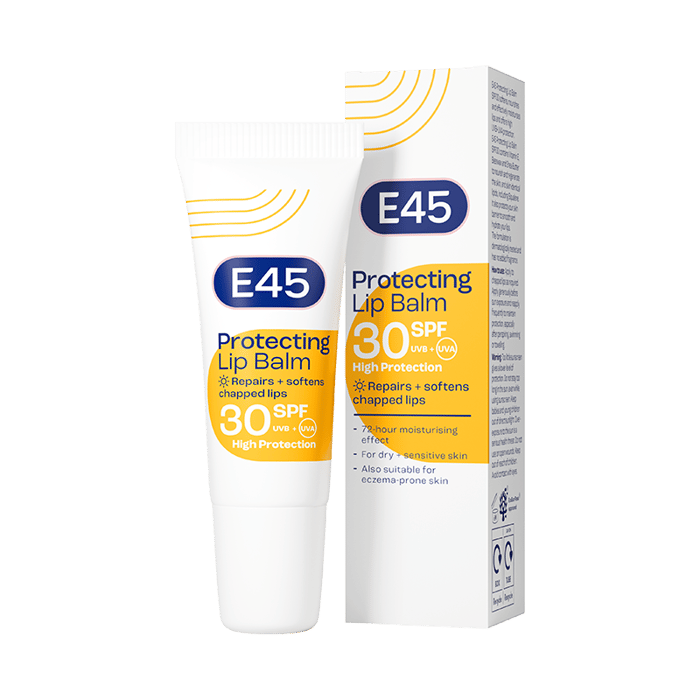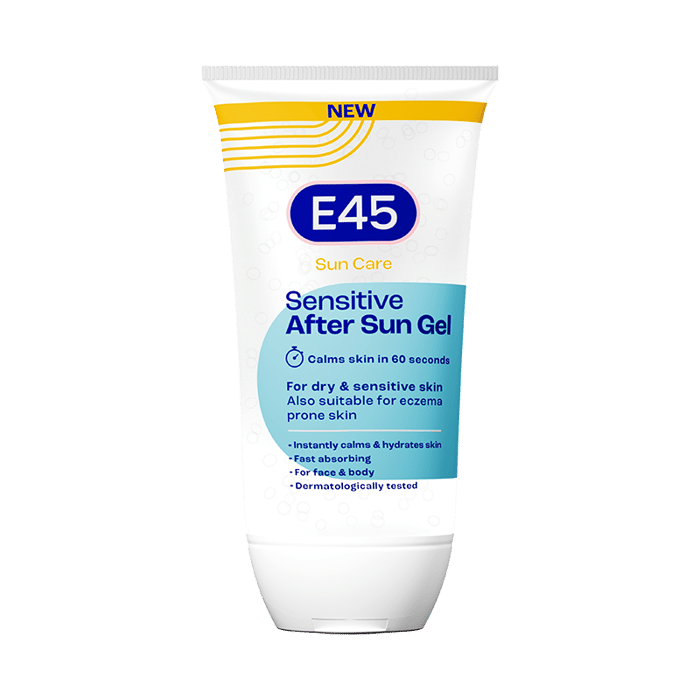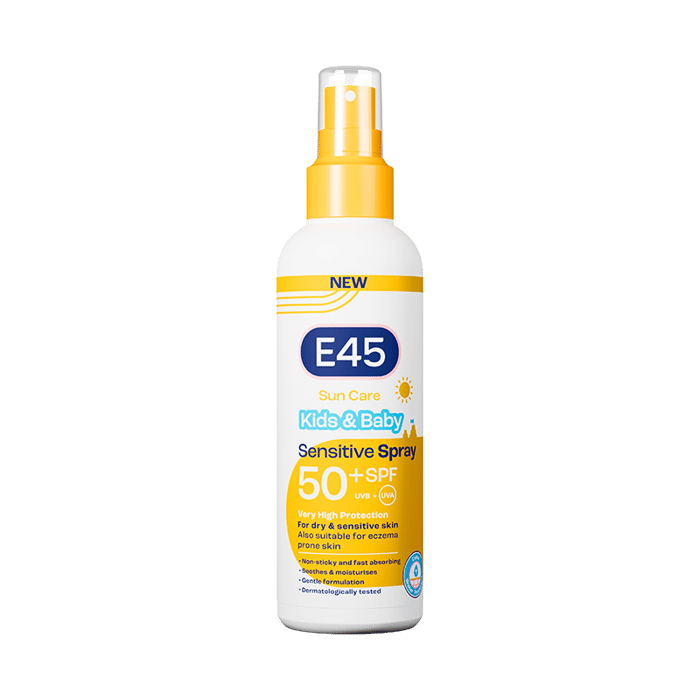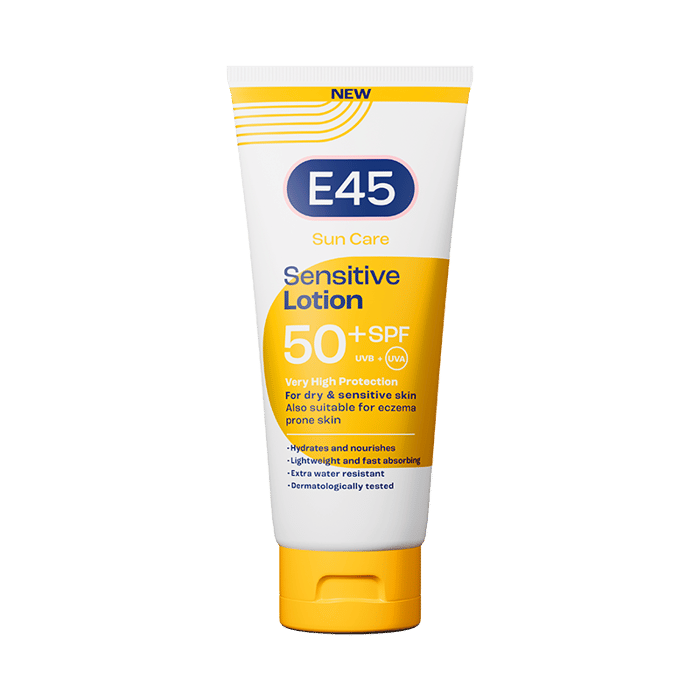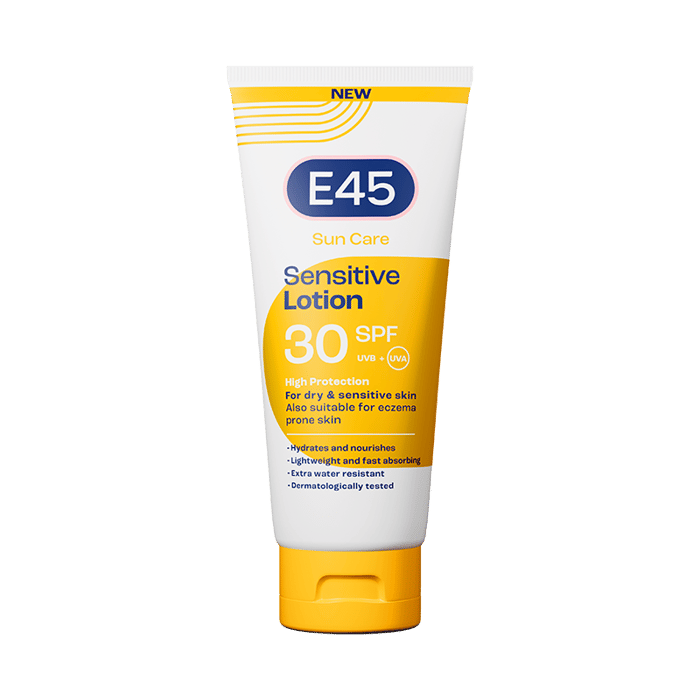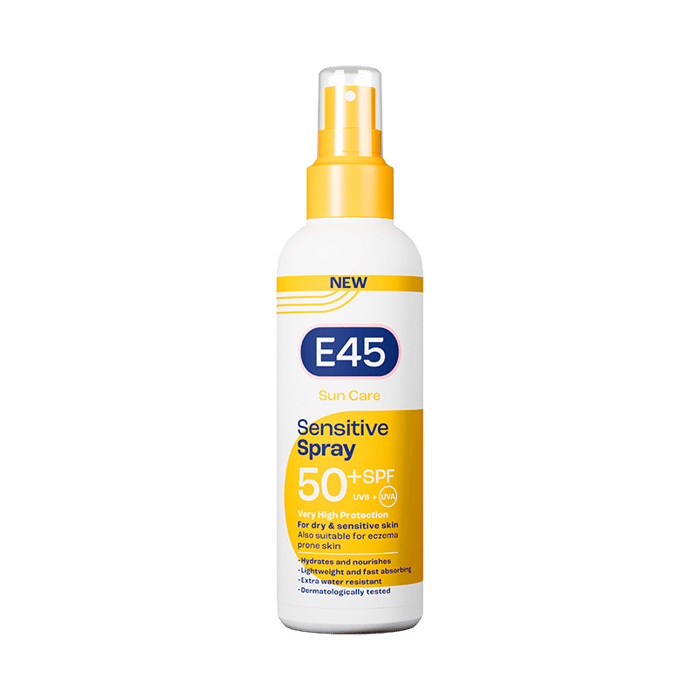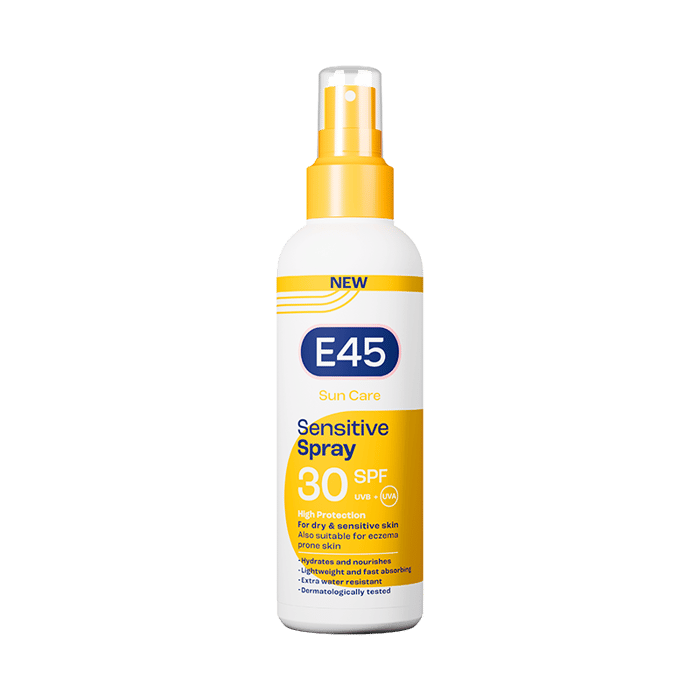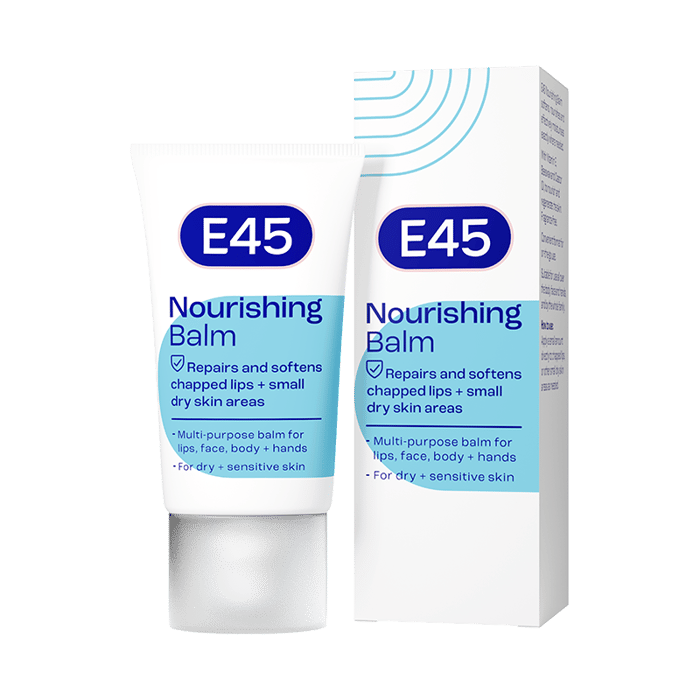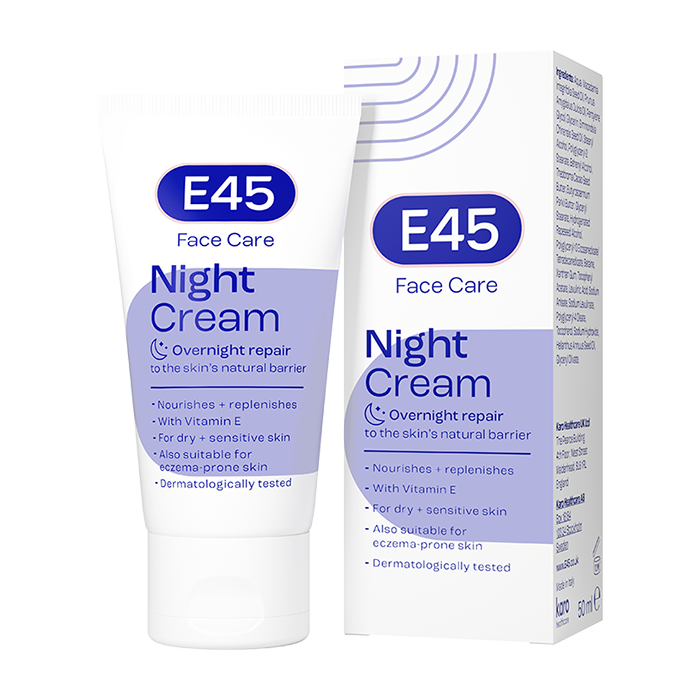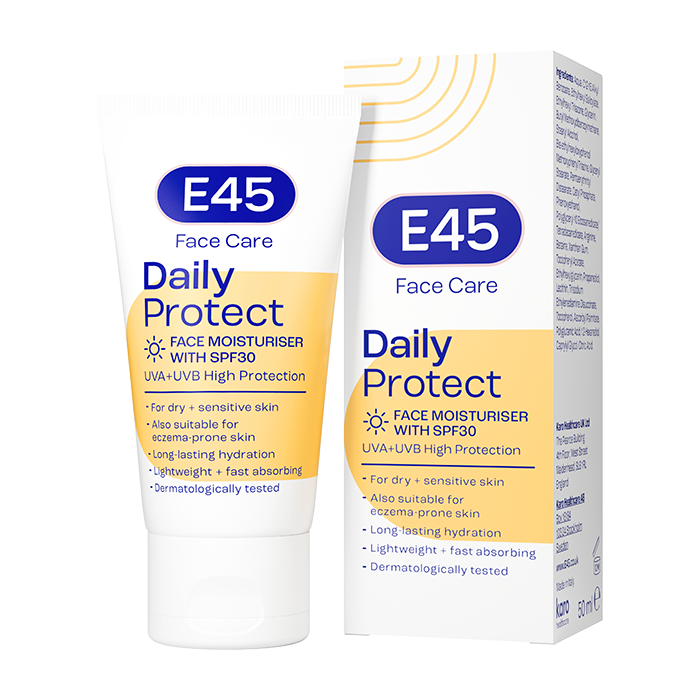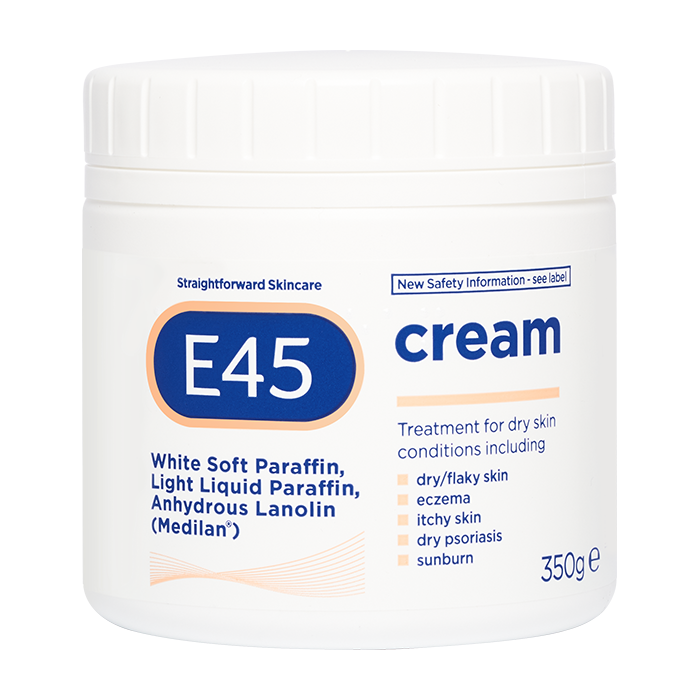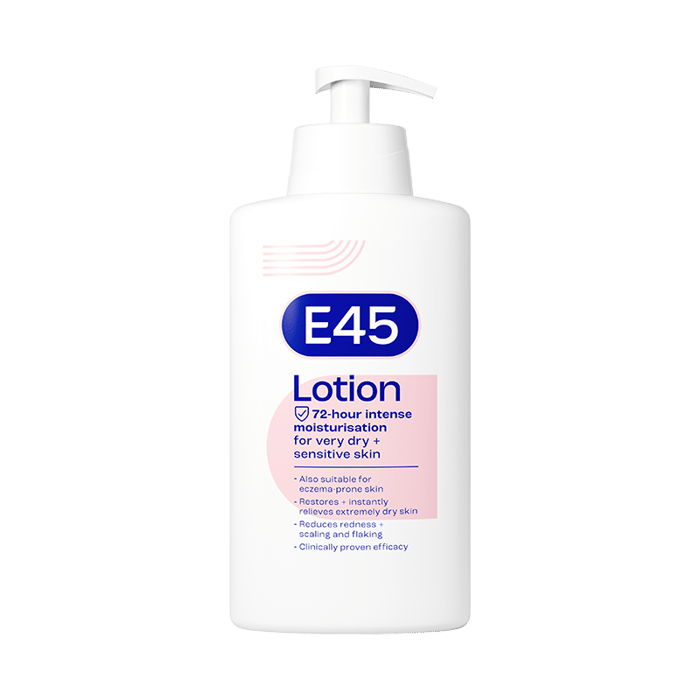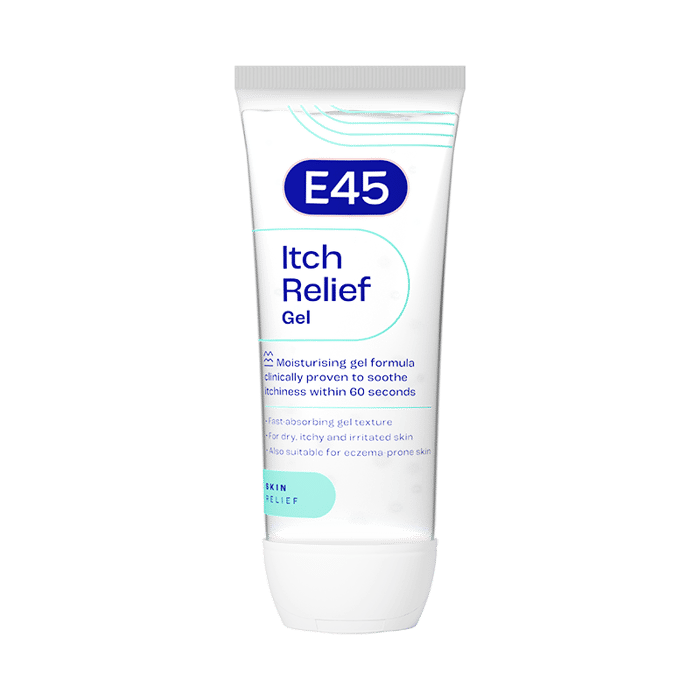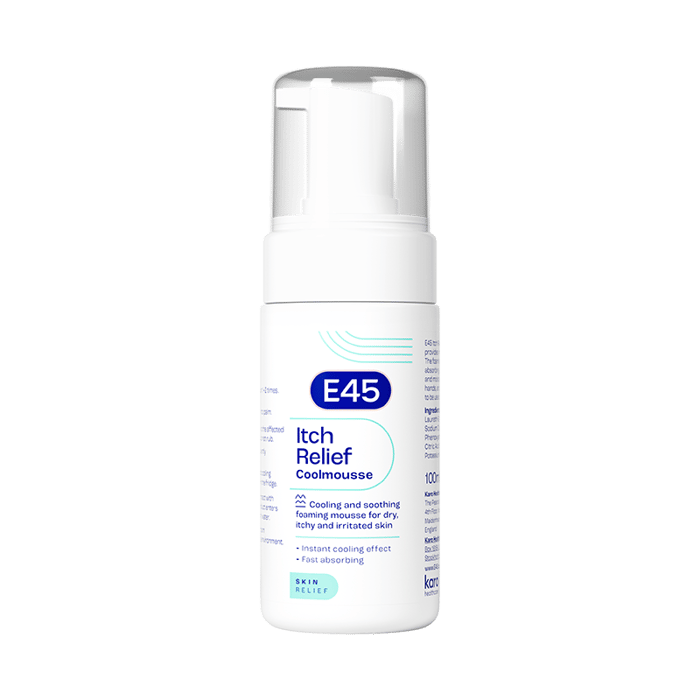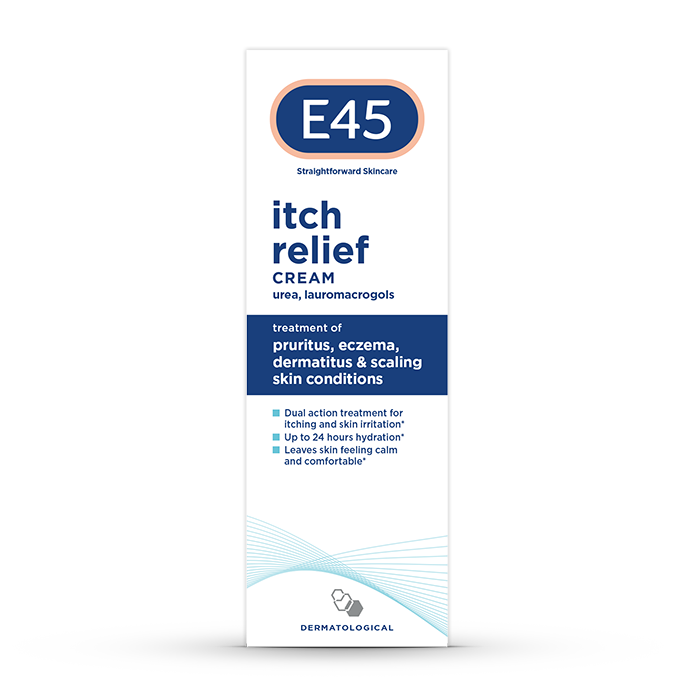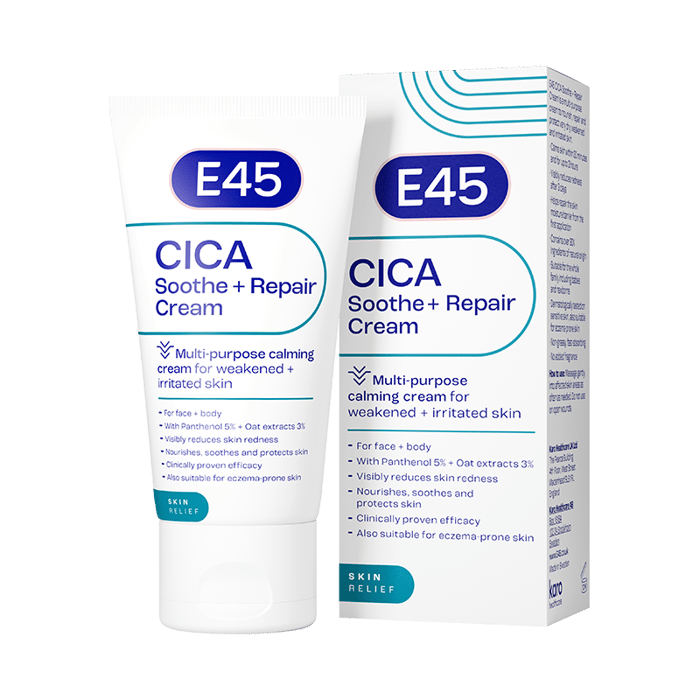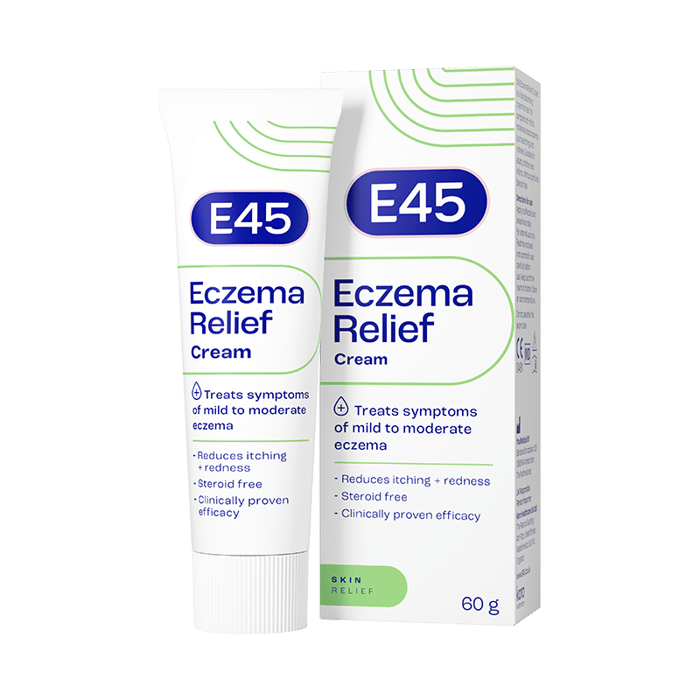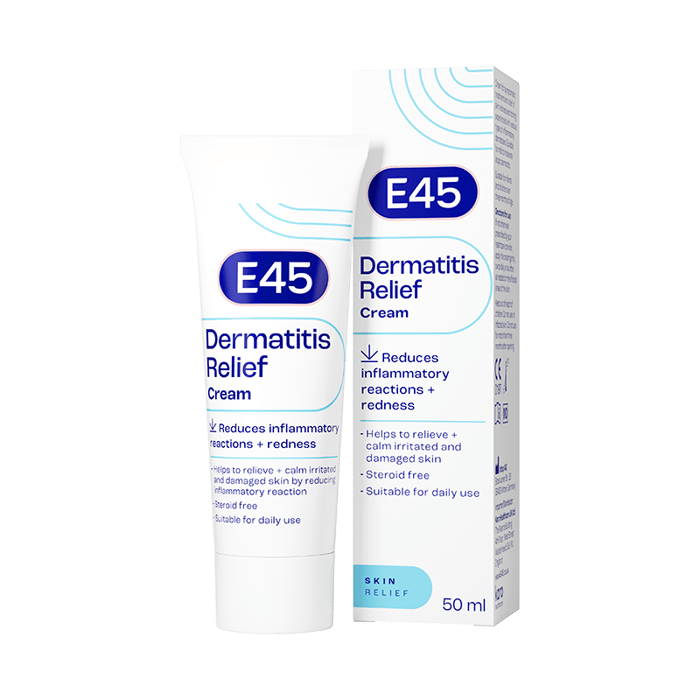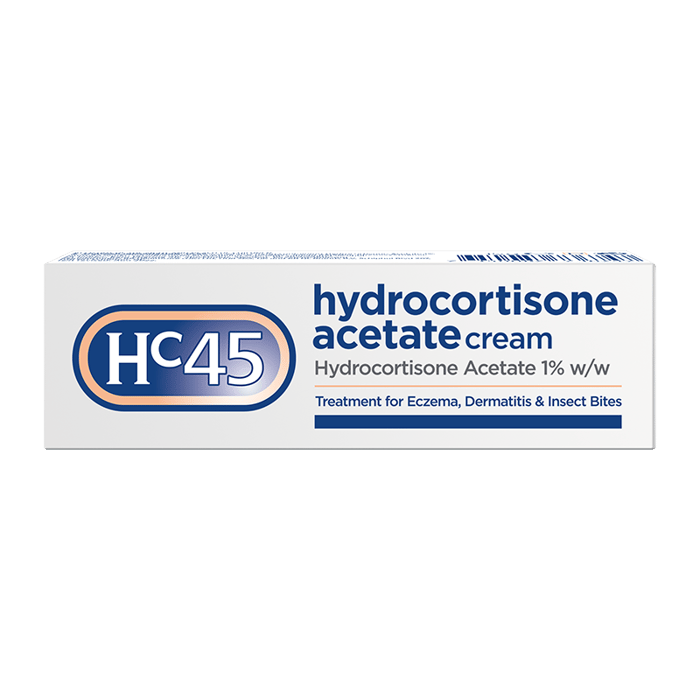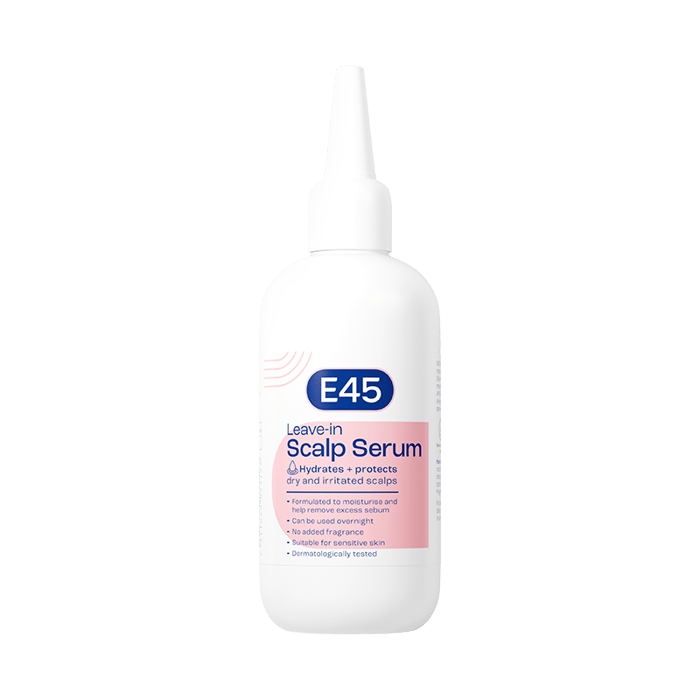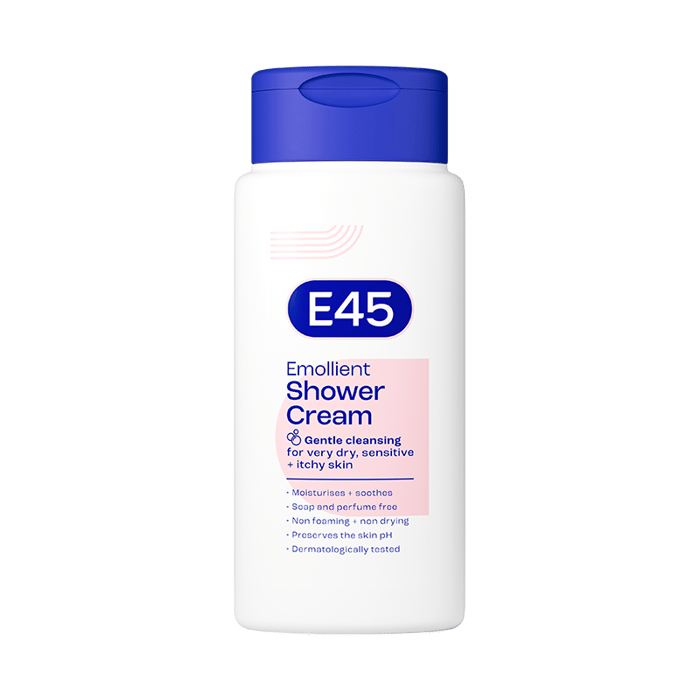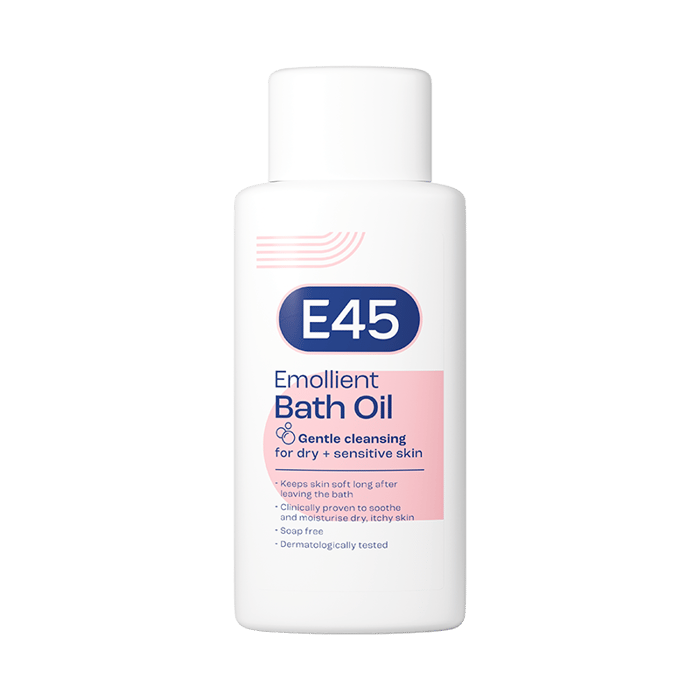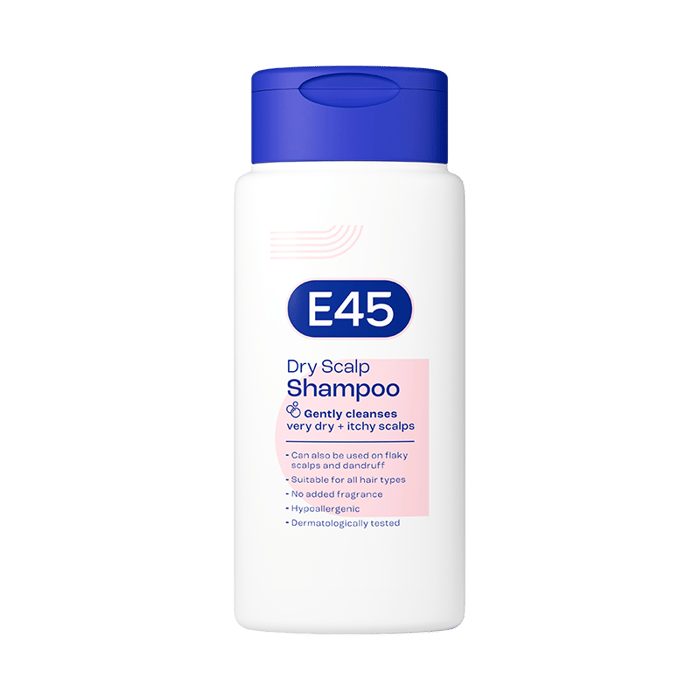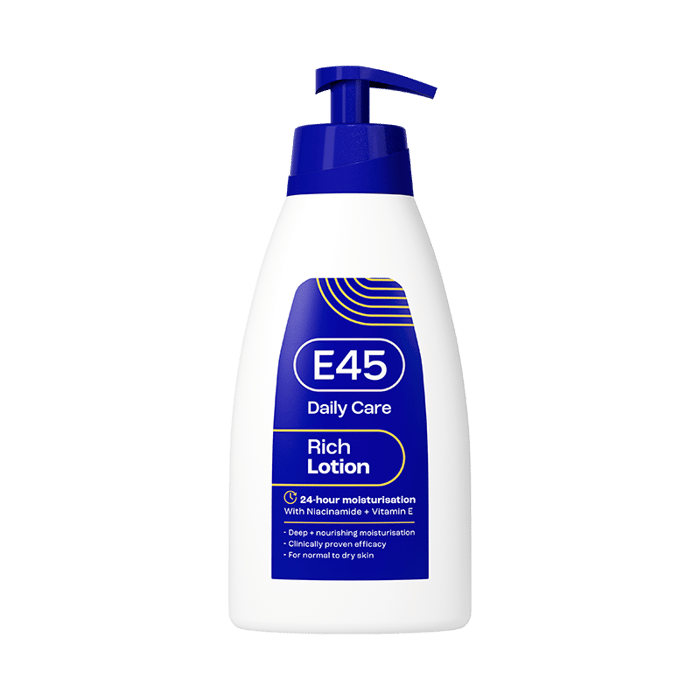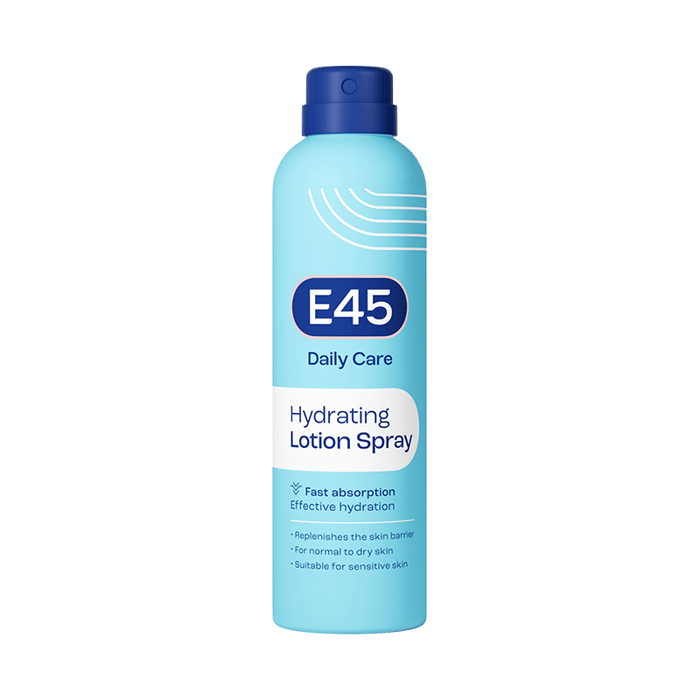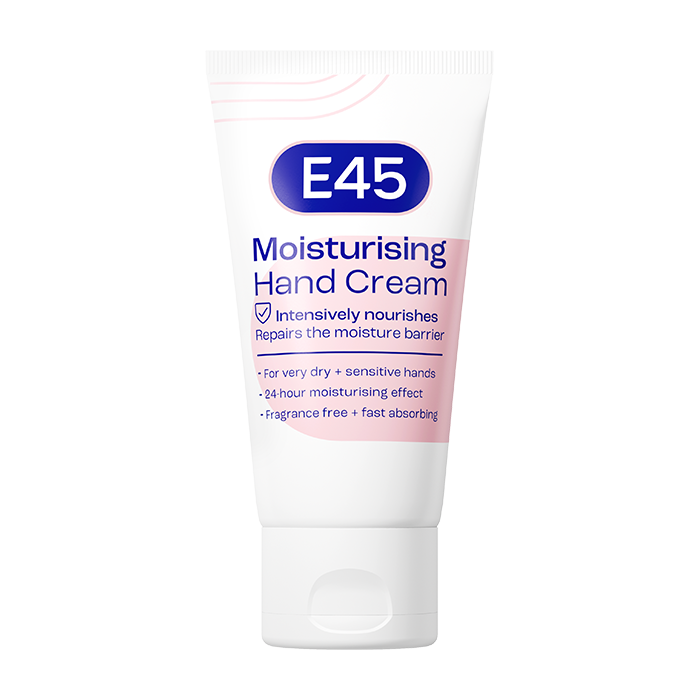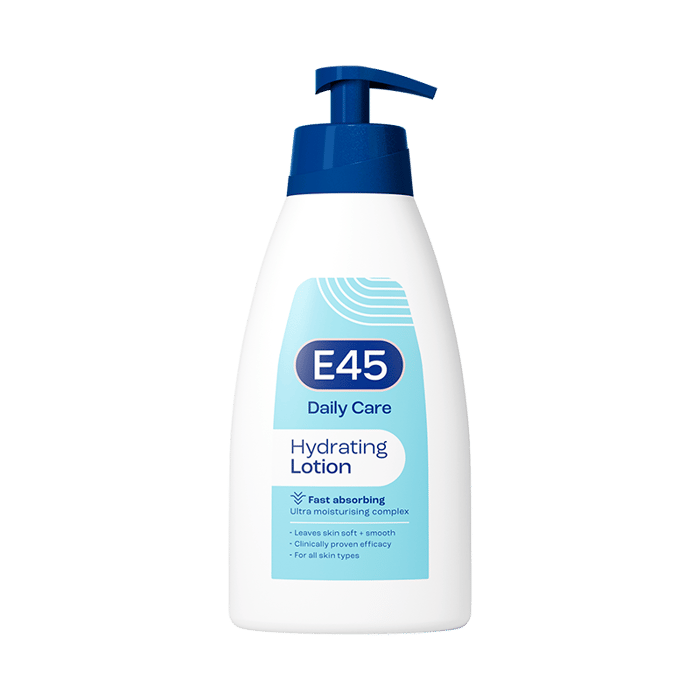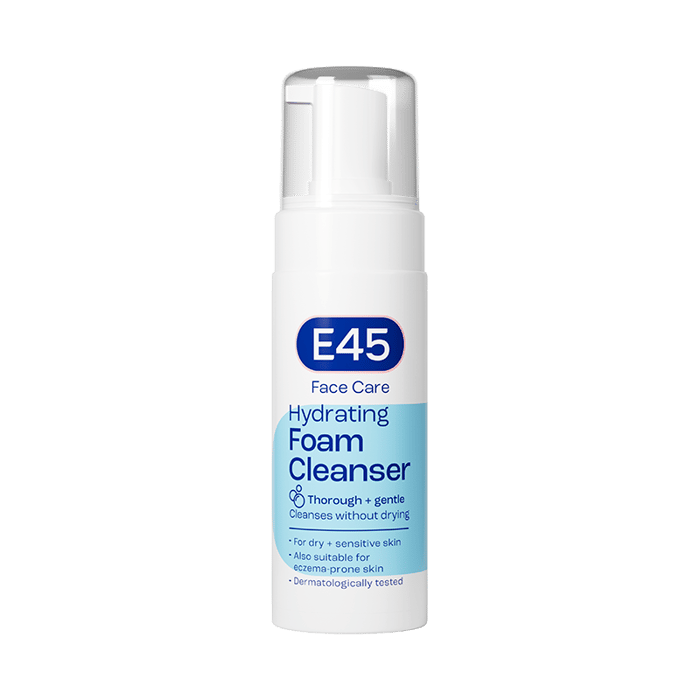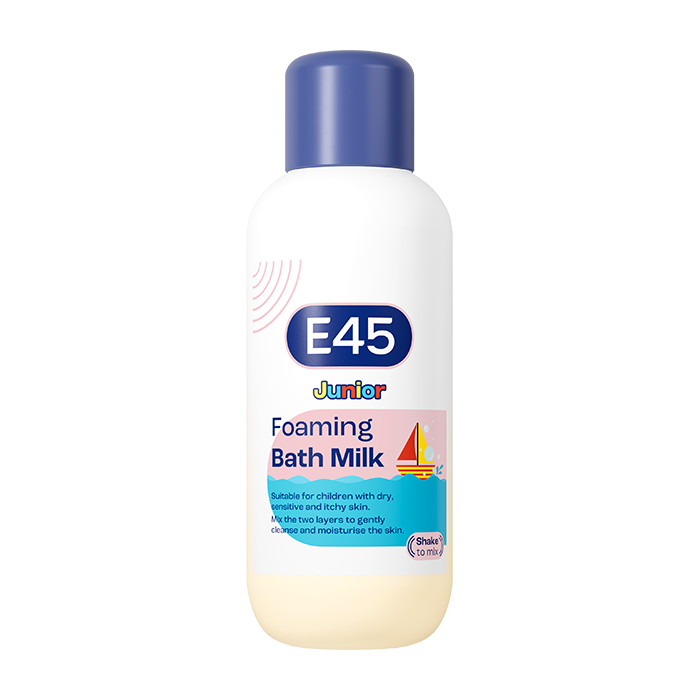Understanding photosensitivity
If you are one of the many people who experience an increased sensitivity to sunlight, known as photosensitivity, you’ll know that this condition doesn’t just cause discomfort; it can significantly impact your quality of life and skin health. But what exactly is photosensitivity, and how can we protect our skin from its effects? Let’s dive into the world of photosensitivity to uncover the science behind it and explore practical ways to enjoy the sun safely.
Table of Contents
What is photosensitivity?
Photosensitivity refers to the skin’s increased sensitivity to sunlight. This condition is more common than many people realise, and a good grasp of how it works is crucial for effective management. Essentially, photosensitivity is an exaggerated skin reaction to ultraviolet (UV) rays from the sun, which can manifest in various ways, differing from the typical suntan or sunburn.
Types of photosensitivity
Photosensitivity can be broadly classified into two types:
Innate photosensitivity: This type is inherent and is usually a lifelong condition. People with lighter skin tones, for instance, may have a naturally higher sensitivity to sunlight.
Acquired photosensitivity: This form develops due to external factors. Certain medications, skincare products or even exposure to certain plants can increase the skin’s sensitivity to sunlight.
Trigger factors
Identifying what triggers photosensitivity is crucial for effective management. Here’s a list of common triggers:
Direct sunlight: The primary cause of photosensitive reactions.
Artificial UV light: Sources like tanning beds can also trigger photosensitivity.
Certain medications: Antibiotics, antihistamines and some other medicines increase sensitivity to sunlight. (Source)
Specific chemicals: Exposure to certain chemicals, found in some cosmetics or industrial products, can lead to photosensitive reactions.
By recognising these triggers and adjusting your daily habits and skincare routine, you can significantly reduce the risk of experiencing photosensitivity.
Photosensitivity and skin health
It’s important to note that photosensitivity isn’t just a superficial skin issue. It can be a sign of underlying health conditions or a side effect of medication. Monitoring your skin’s reaction to sun exposure and being aware of any changes is an essential part of maintaining your overall skin health.
Phototoxic reactions
Phototoxic reactions are a specific type of photosensitivity that can be pretty common. Think of them as ‘super sunburns’ caused not just by sunlight, but by a mix of sunlight and certain things on your skin.
What happens in phototoxicity
Imagine you’ve put something on your skin, like a certain lotion or cream, or you’re using a specific medication. When this mixes with sunlight, it can cause a stronger reaction than your usual sunburn. This reaction is usually right where you’ve applied the product and happens a few hours after being in the sun. Common products that can cause this include some antibiotics, water pills (diuretics), and even some natural oils like those from lime or bergamot.
Spotting phototoxic reactions
The signs of a phototoxic reaction are like a really bad sunburn. You might see your skin turn red, swell up, blister or even peel off. It can also feel like you’ve burned your skin, and you may notice your skin gets darker in the affected area.
Identifying the signs of a phototoxic reaction is crucial, as they can often resemble an intense sunburn, but with some distinct differences. Here’s a list of what to look out for:
Intense redness: Your skin may appear significantly redder than a typical sunburn. If the reaction was triggered by a product, the redness is often in a very defined pattern corresponding to where the substance was applied.
Swelling: The affected area may swell, feeling tight and uncomfortable; much more so than with a usual sunburn.
Blistering: You might notice blisters forming, which is a clear sign that the reaction is more severe than a normal sunburn.
Peeling: After the initial reaction, the skin may start to peel, which can be more intense and painful than what you would experience with standard sunburn.
Sensation of a burn: The area may feel like it’s been severely burned, with a stinging or burning sensation that’s more acute than a normal sunburn.
Skin darkening: You may observe a noticeable darkening or change in pigmentation in the affected area, which is a distinct feature of phototoxic reactions.
Being aware of these signs can help you take immediate action, such as reducing sun exposure and seeking appropriate treatment to mitigate the severity of the reaction.
Not to be confused with photoallergic reactions
It’s important not to mix up phototoxic reactions with photoallergic reactions. Phototoxicity doesn’t involve your immune system – it’s just the skin reacting to a substance and sunlight. On the other hand, photoallergic reactions are related to your immune system and usually happen after your skin becomes sensitive to something. These reactions are less common and can affect more than just the areas exposed to the sun.
Prevention and management
Preventing phototoxic reactions primarily involves awareness and avoidance of known phototoxic substances, especially when planning to spend time in the sun. Here are some practical steps:
Review medications and products: Be mindful of the medications and skincare products you use. Consult with healthcare professionals about the potential phototoxic risk of any medications.
Test new skincare products: Before using a new skincare product extensively, particularly those containing essential oils or fragrances, test a small area of your skin and monitor for any adverse reactions.
Sun protection: Employ robust sun protection strategies. Use a broad-spectrum sun cream, which protects against both UVA and UVB rays. Wearing protective clothing and seeking shade can also significantly reduce the risk. E45 offers a wide range of sun protection.
Timely response: If you notice symptoms of a phototoxic reaction, minimise sun exposure immediately. Applying cool compresses can soothe the skin, and over-the-counter hydrocortisone cream may alleviate discomfort. However, it’s advisable to seek medical attention for severe reactions.
Education and awareness
Understanding and recognising phototoxic reactions is key. By being informed, you can take proactive steps to prevent and manage these reactions effectively.
When to see a doctor
If you experience severe symptoms of a phototoxic reaction, or if the symptoms persist despite taking preventative measures, consult with a healthcare professional. They can provide guidance, help identify the triggers and offer treatment options if necessary.
Conclusion
Navigating the complexities of photosensitivity doesn’t have to be overwhelming. By understanding the types, recognising the triggers and adopting simple yet effective preventative measures, we can take control of our skin health. Regularly reviewing medications and skin care products, being vigilant about sun protection and staying informed are all key steps in managing photosensitivity.
FAQ
What is a photosensitivity disease?
Photosensitivity disease refers to conditions where the skin is abnormally sensitive to sunlight, leading to reactions like rash, itching or blistering upon exposure to UV rays.
What causes a photosensitivity reaction?
Photosensitivity reactions are typically caused by exposure to UV light from the sun or artificial sources interacting with certain medications, chemicals or personal care products on the skin.
What causes photosensitization?
Photosensitisation occurs when certain substances (like specific drugs, chemicals or natural compounds) make the skin more sensitive to light, often leading to exaggerated reactions to UV exposure.
What is photosensitivity a symptom of?
Photosensitivity can be a symptom of various conditions, including genetic disorders like porphyria, autoimmune diseases like lupus and skin conditions like eczema or rosacea. It can also be a side effect of certain medications or topical agents.
Resources
www.skincancer.org/risk-factors/photosensitivity
www.msdmanuals.com/en-gb/home/skin-disorders/sunlight-and-skin-damage/photosensitivity-reactions
dermnetnz.org/topics/photosensitivity
www.nhsinform.scot/illnesses-and-conditions/skin-hair-and-nails/skin-light-sensitivity/skin-light-sensitivity-photosensitivity/

